Heirloom Plants 101: A Beginner’s Guide
Heirloom plants are a piece of history—the same varieties our ancestors may have once cultivated and enjoyed in their own gardens. These historical seeds are a treasure trove of flavors and stories that have enriched our gardens for centuries. In recent years, there has been a resurgence of interest in these varieties as more home gardeners seek to experience these living antiques.

What are Heirloom Plants?
Heirloom vegetables, fruits, herbs, and flowers are the treasured legacies of gardens, nurtured and handed down for years by devoted gardeners and communities alike. These seeds stand in stark contrast to the hybrid varieties you’ll typically find stocked at your big box or grocery store. Each heirloom seed carries a lineage of careful selection that has preserved the plant’s heritage across decades.
From luscious, deep-hued tomatoes to the myriad of heirloom vegetable varieties, these plants are known for their remarkable taste and unique characteristics and growth habits. Each heirloom variety carries a tale of survival, adaptation, and, often, a piece of family lore.
Unlike hybrid varieties developed for higher yield and better disease resistance, heirloom plants offer flavors and experiences that many believe modern agriculture has left behind.
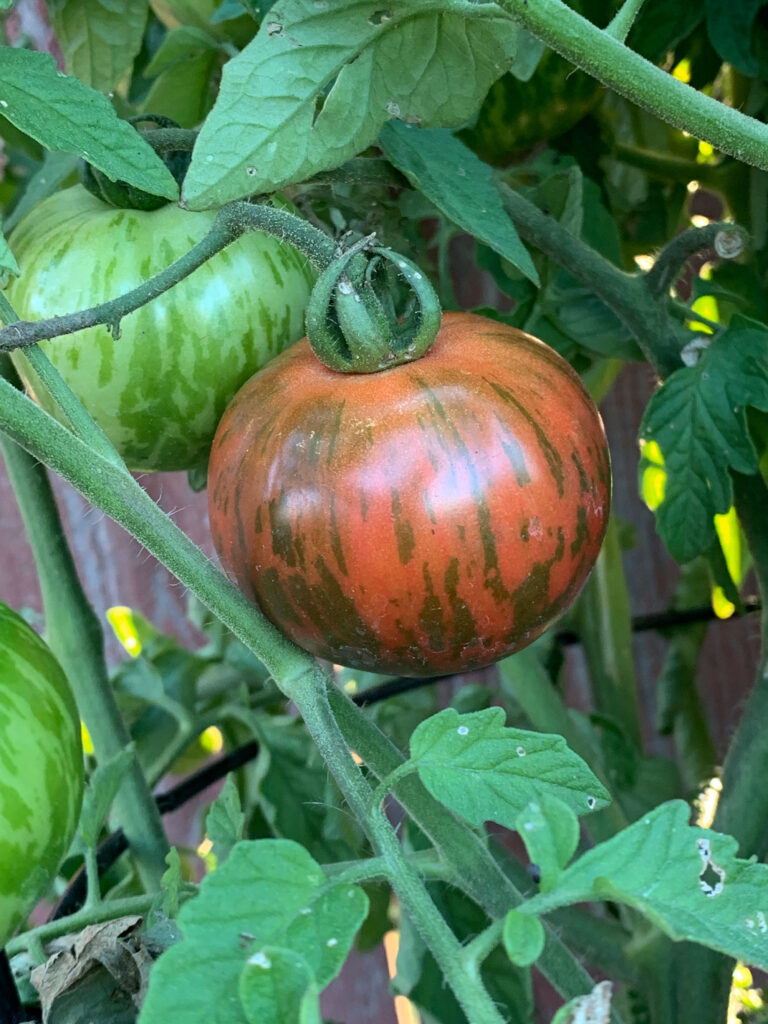
Heirloom plants vs. hybrid plants
Heirloom and hybrid plants represent two very different approaches to gardening and agriculture, each with its own attributes and benefits.
Heirlooms have been passed down through generations, their seeds saved and replanted year after year. These plants have a long history; they are the same varieties that have been grown for decades, or even centuries, long before the hybridization of plants. One of the most celebrated attributes of heirlooms is their flavor, nurtured over time through careful selection and seed saving.
Heirlooms are open-pollinated, meaning they reproduce naturally – pollinated by insects, birds, bats, and wind – and their seeds will produce the same plants year after year. The genetic makeup of heirloom plants is stable but diverse, which can contribute to greater resilience in changing conditions and climates.
This diversity also means a more varied and vibrant array of plants in the garden, from heirloom tomatoes to antique varieties of flowers that generations of gardeners have cherished.
In contrast, hybrid plants result from controlled pollination by human hands. Plant breeders cross-pollinate two different but related plant species to create a new plant that contains the best traits of both parent plants. These traits often include better disease resistance, higher yields, and uniformity in size and ripening times, which can be particularly beneficial in commercial agriculture, where consistency and productivity are essential.
However, the seeds from hybrid plants, if they are viable, do not usually “come true” when planted, meaning they won’t produce the same traits as the hybrid parent plant. Gardeners and farmers who grow hybrids must purchase new seeds every year from seed suppliers.
In other words, if you save the seeds from your favorite hybrid tomatoes and replant them, the seeds may not grow at all, and if they do, you won’t get the same plant you started with. As home gardeners, this is not the result we strive for when planning our gardens every year, but it can be a fun experiment if you ever want to try it.

Heirloom plants and GMOs
GMO seeds are a product of modern agriculture’s push for vigorous plants that can withstand commercial growers’ demanding conditions. GMOs are created with a level of human intervention that extends beyond the traditional cross-pollination techniques of hybrid creation, including manipulating the plant’s genes.
Heirloom plants are never genetically modified. And neither are most hybrids. There is a common misconception that hybrid plants are GMOs, but they are actually carefully cross-pollinated in a field or greenhouse setting.
In contrast, GMOs are created in labs by modifying a plant’s DNA. Most genetically altered plant seeds are not sold to home gardeners.
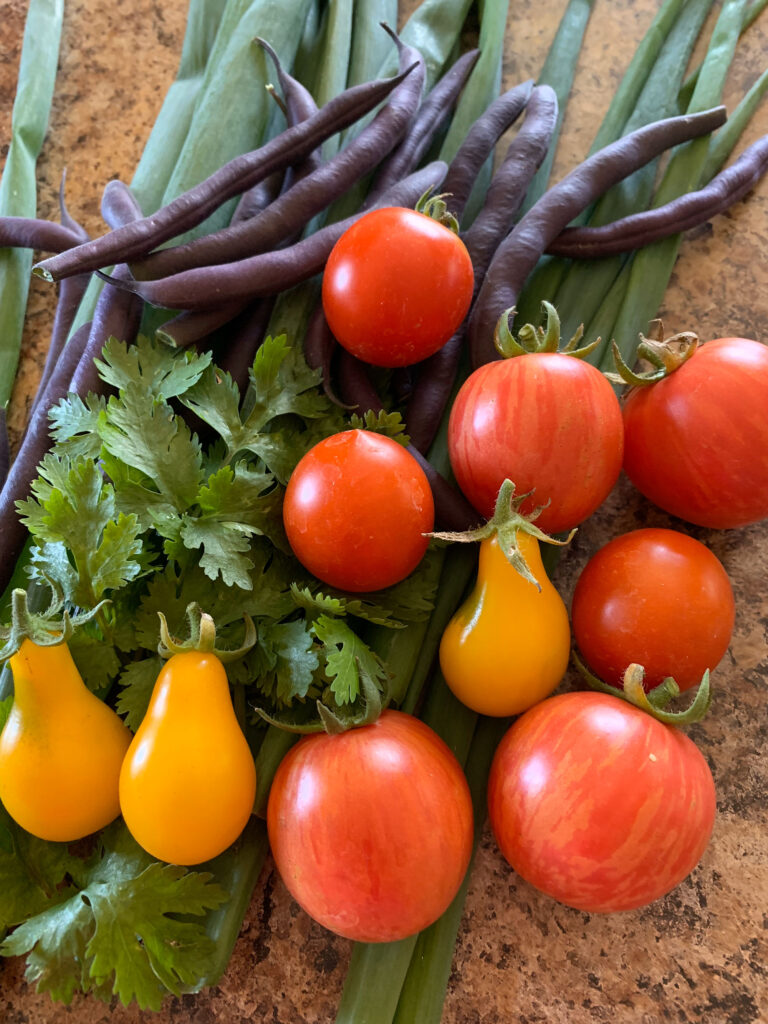
Taste, nutrition, resilience, and history
Ask any avid gardener and they’ll tell you that heirloom vegetables, especially heirloom tomatoes, possess exceptional flavor profiles that modern hybrids often can’t match.
Heirloom fruits and vegetables are celebrated for diverse and unique flavors carefully preserved over many seasons of growing and saving seeds. From sweet and fruity to deep and smoky, heirlooms give gardeners a fun array of flavors to experiment with in the garden and kitchen.
Heirloom vegetables often boast a higher nutritional content than their hybrid counterparts due to their deep-rooted genetic profiles, which have been naturally selected for flavor and their inherent nutrients.
These traditional varieties have been preserved through generations, potentially retaining the original nutritional qualities of the plant species before commercial breeding practices began to prioritize traits like size, shelf-life, and transportability over nutritional richness.
Heirloom plants often display remarkable resilience, a trait honed through generations of natural selection and adaptation to local conditions. Unlike hybrids, which are bred for specific traits, heirlooms have naturally developed robustness to various environmental stressors, making them surprisingly hardy and adaptable to various growing conditions.
This inherent resilience makes them a reliable choice for gardeners looking to cultivate plants that can thrive in the face of climatic and ecological challenges.
Heirlooms often carry with them a narrative of human culture. One of my favorite aspects of seed shopping is reading the background of each plant in heirloom seed catalogs and on seed packets.
These plants connect us with prior generations through stories of survival and adaptation through events like World War II and beyond.

Growing Heirloom Plants
A small garden can become a diverse haven with an assortment of heirloom gems. Their care is similar to most plants: plant seeds early in the spring after the last frost, then provide well-draining soil, adequate sunlight, and consistent watering.
Heirloom plants, while hardy, can sometimes be more susceptible to diseases and pests than their hybrid counterparts. Backyard gardeners can turn to natural remedies like diatomaceous earth and companion planting to protect these treasures. Provide adequate spacing to prevent diseases and use organic nutrients to keep plants healthy and robust.
Sourcing Quality Heirloom Seeds
To begin your journey with heirloom plants, sourcing seeds is key. You can find them at local garden centers, farmers markets, or through trusted seed companies like Baker Creek Heirloom Seeds, Seed Savers Exchange, and True Leaf Market. You may also be able to get heirloom seeds from friends, family members, neighbors, local gardening groups, or online seed exchanges.
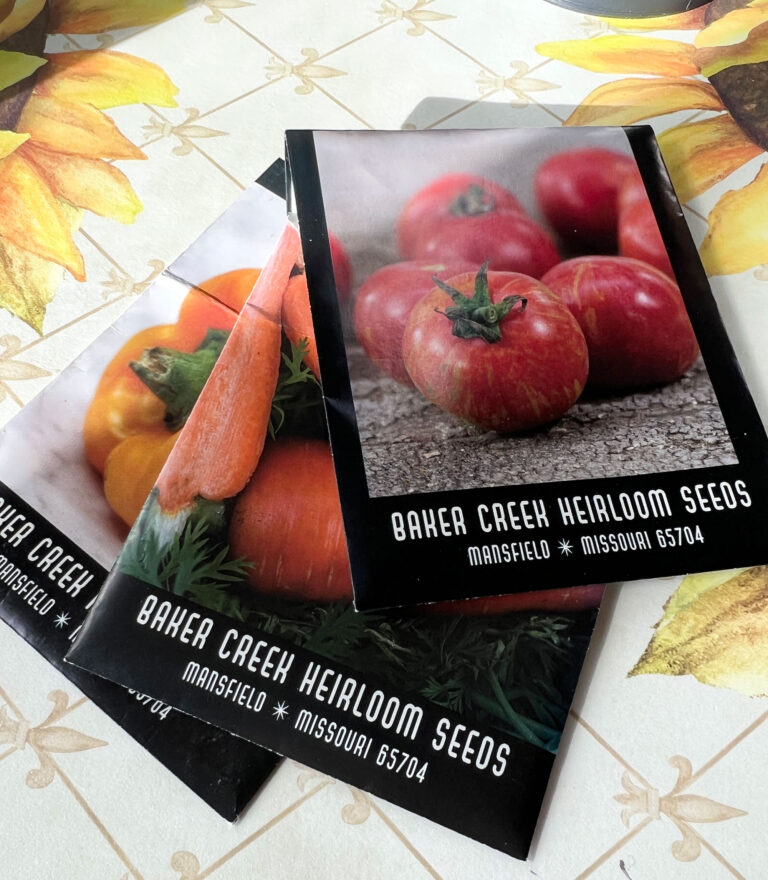
Seed Saving and Exchange
By saving seeds from your heirloom crops, you become part of a chain of gardeners stretching back through time. Organizations like the Seed Savers Exchange encourage the sharing of open-pollinated seeds, ensuring that these diverse varieties continue to thrive in home gardens across the globe.
When gardeners save their own seeds and pass them on to others, they help preserve the legacy of heirloom varieties. By growing heirloom seeds, home gardeners contribute to the continuation of plant species that might otherwise succumb to the homogenizing pressures of commercial agriculture.
Popular Heirloom Varieties
The variety of heirloom plants available today is astonishing. From the sun-ripened sweetness of Brandywine tomatoes to the robust flavor of heirloom beans, these plants offer a palette of flavors that are as delightful to the taste buds as they are to the eyes.
Heirloom flowers, such as fragrant sweet peas and jewel-toned zinnias, add color and charm to any garden. Here are a few popular heirloom varieties sought out by gardeners:
- Brandywine Tomato: Famous for its rich, tangy flavor, it is a large, pink tomato that dates back to the 1880s.
- Moon and Stars Watermelon: Distinguished by its dark green rind with yellow speckles, this heirloom offers sweet, red flesh and dates back to the pre-1930s.
- Dragon Carrot: This striking purple carrot reveals a vibrant orange interior when sliced and delivers a spicy-sweet taste.
- Mortgage Lifter Tomato: Developed in the 1940s, this tomato is known for its size and robust flavor, reputed to have helped pay off its creator’s mortgage.
- Rainbow Chard: With its brightly colored stems, this nutrient-packed leafy green adds color and flavor to dishes. (This is my favorite green to grow because it is so hardy and pest-resistant.)
- Clemson Spineless Okra: A favorite since the 1930s, it’s prized for its tender pods and is the go-to variety for gumbo and stews.
- Chioggia Beet: Also known as the Candy Cane or Bullseye Beet, it features red and white concentric rings and offers a sweet, peppery flavor.
- Kentucky Wonder Pole Bean: An old favorite dating back to the 1850s, known for its abundant and flavorful green beans.
- Boston Marrow Squash: A New England staple since the 1830s, this squash is noted for its fine-grained, sweet, orange flesh.
- Black Beauty Eggplant: Introduced in 1902, this variety is celebrated for its glossy, dark purple skin and creamy, rich flesh.
- Glass Gem Corn: A stunning corn variety that creates a rainbow of translucent, jewel-colored kernels, originally from Native American seed preservation.
- Amish Deer Tongue Lettuce: Valued for its tender leaves and heat resistance, this lettuce has been a reliable heirloom since the 1840s.

Final Thoughts
Heirloom plants offer more than just a connection to our past—they are a promise for our future. As we grapple with the challenges of modern agriculture and commercial growers, the diversity and resilience of heirloom varieties remind us of the importance of preserving these living legacies.
By incorporating heirloom vegetables, fruits, and flowers into our gardens, we keep the stories alive, ensuring that these plants do not become mere footnotes in the annals of horticulture.
Start your heirloom seeds the easy way–in milk jugs!
About the author
Meet Shannon
Shannon Bezonia is a certified Master Gardener with an insatiable love for plants and practical gardening. You can find her at her site Thyme for Plants where she shares actionable tips on growing your own food, making the most of your garden spaces, and caring for your indoor jungle.
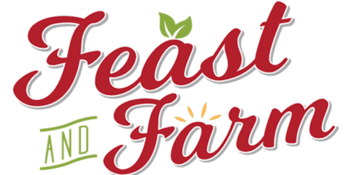

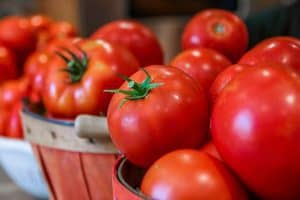

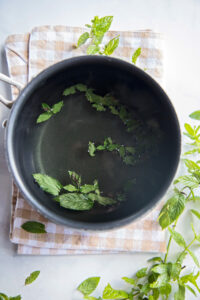

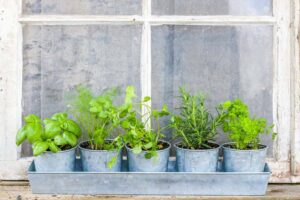

About the Author
Rachel Ballard, RN, BSN brings more than 20 years of professional nursing expertise to Feast and Farm. With a love for nutrient dense foods that support wellness, she works to distill complex health information and current trends into recipes that fuel the best version of yourself. Read more about Rachel here.